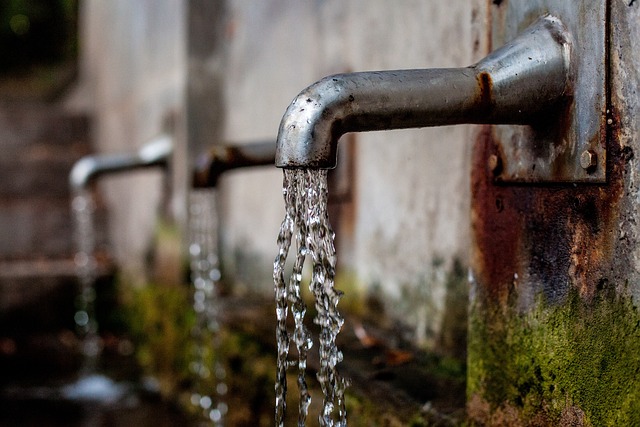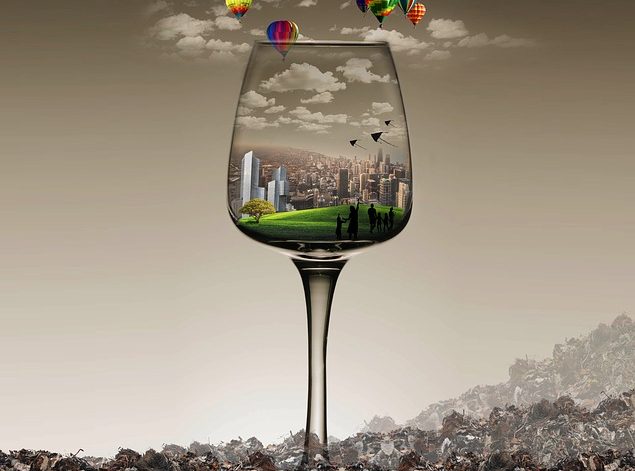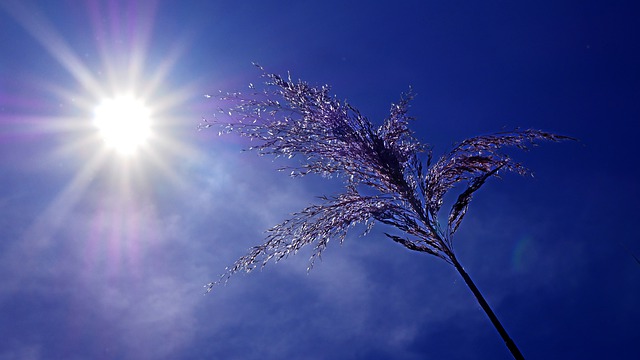Introduction:
Our planet has a lot of water but only around 2.5% of it is freshwater and even then, the majority of this freshwater is locked away in ice caps and glaciers leaving behind only around 0.3% of freshwater on the surface. With the sear level rise and glaciers melting, we are also losing our valuable sources of freshwater to the oceans and this has lead to increasing water scarcity all around the globe.
In this scenario, It is important to reflect on the state of the drinking water we already have in major cities of Pakistan like Lahore. Ground water is a great source of freshwater mainly because it has almost the perfect natural balance of salts that are very good for our health. However, due to industrial activities and open waste disposal into streams and rivers, we have polluted our rivers and underground resources of water extremely. Hence, the drinking water quality in many regions is sub par.
Check out: Climate Change Is Increasing Water Scarcity Around The World
Industrial Activity Nearby Residential Areas
Regardless of the fact that in areas where residential areas are located nearby Industrial areas such as near Raiwind, Harbanspura and Kasur, the drinking water quality is absolutely abysmal. However, even in other areas, the quality of water is not meeting the standards. From the many personal accounts of many people living near Raiwind have water filters installed. And it is a testament to the fact that the water quality is sub-standard when the filter gets murky and turbid within a week of changing filters. One can clearly see the silt and other pollutants.
This speaks to a bigger problem than just installing filtration plants because it seems that due to continued industrial discharge even the underground water is not safe from these contaminants.
Once a local aquifer is contaminated, it is almost impossible to clean it up as the cost of its purification is usually very high (Mahmood & Asim, 2016).
Is the Water Healthy and Safe to drink?
If we talk exclusively about Punjab, the water quality is very poor because of limited and infrequent water treatment often lacking tertiary stage of treatment. That is why in many regions of Lahore, sometimes there are incidents of foul water or water with a bad odor and strange taste. Even more pressing is that this lack of water treatment leads to pervasive health problems that effect people severely.
Poor drinking water and lack of sanitation have previously lead to major outbreaks of waterborne diseases such as those that affected the cities of Faisalabad, Karachi, Lahore and Peshawar in 2006.
Related: 10 New Innovative Water Purification Ideas and Techniques
A survey of the region of Lahore both before the monsoon season and after the monsoon season was also subjected to the analysis of water samples from various points in 2007. The results of this analysis had indicated higher concentration of TDS, EC, Water hardness- (calcium, magnesium) and etc. About 92% of the water samples had TDS values above the desirable standard limit of 500 mg/L during pre- monsoon season and about 67% samples had TDS values above the limit post- monsoon season.
About 15 to 20% samples even cross the maximum permissible limit of 2000 mg/L during both pre-and post-monsoon season. (Naeem et al.,2007)
If we talk about hardness, about 18-22% sample crossed the maximum permissible limit. The concentration of nitrate exceeded the maximum permissible limit in about 25 -35% samples.
More recently, as of a 2016 research, the groundwater in areas of Lahore like Gulberg, Anarkali and Mozang were considerably fit for drinking than other regions and as a result it was raised as a concern that we need to protect these areas and the provision of safe drinking water to the community living there. The regions nearby these areas were already touching the upper limits of the safety margins of water quality standards.(Mahmood & Asim, 2016).
However, a failure to take proactive measures have resulted in a widespread degradation in the water quality of Lahore overtime with more and more industries popping up and dumping industrial effluent with little to no treatment in the drains and water channels where it inevitably contaminated the groundwater sources.
Also check out: Water Scarcity in Pakistan: Reasons, Solutions and Contributions of the Judiciary for the Cause
We hope you liked this post! Please comment below if you have any suggestions, comments or feedbacks! We at #envpk love hearing from readers! Thanks!
References:
Mahmood, K. and Asim, M. (2016) Appraisal of drinking water quality in Lahore residence, Pakistan – PJSIR. Available at: https://v3.pjsir.org/index.php/physical-sciences/article/download/5/5/ (Accessed: 18 August 2023).
Naeem, M. et al. (2007) Environmental assessment of ground water quality of Lahore area, Punjab, Pakistan, Science Alert. Available at: https://scialert.net/fulltext/?doi=jas.2007.41.46#:~:text=The%20total%20hardness%20values%20in,1%20during%20post%2Dmonsoon%20season. (Accessed: 18 August 2023).




